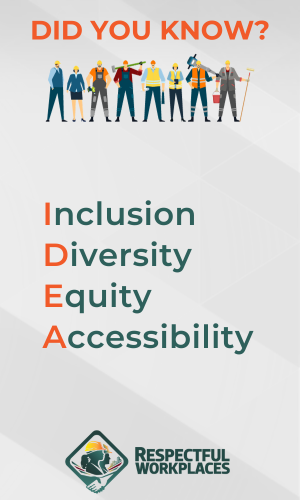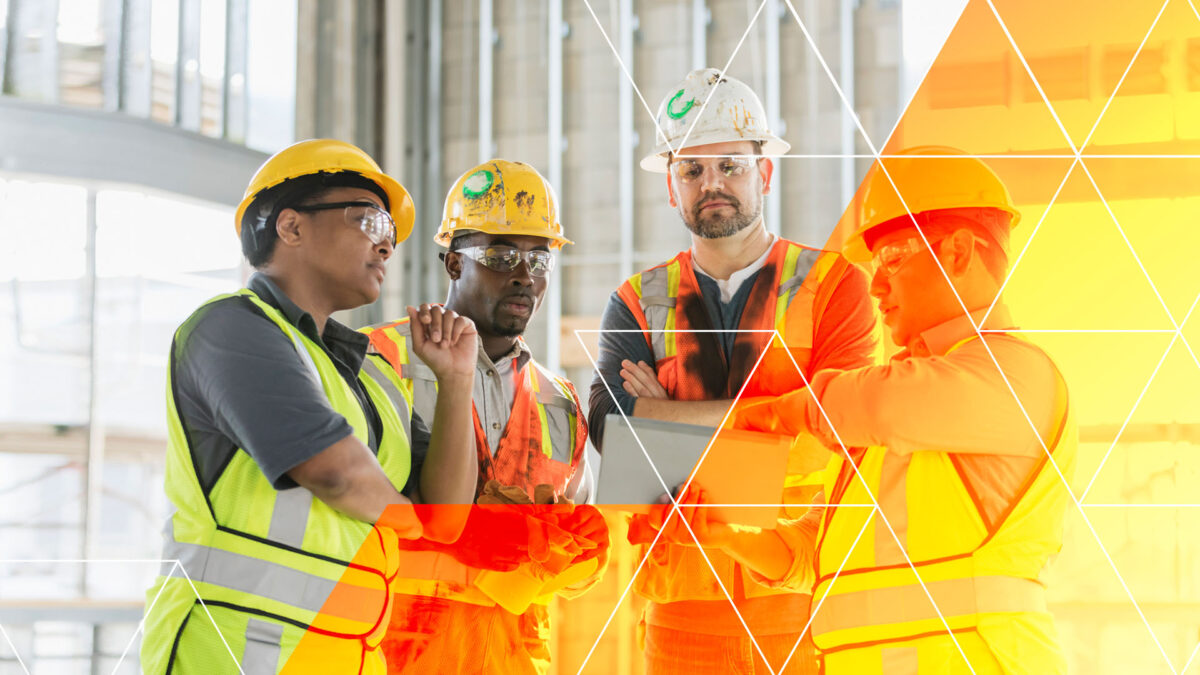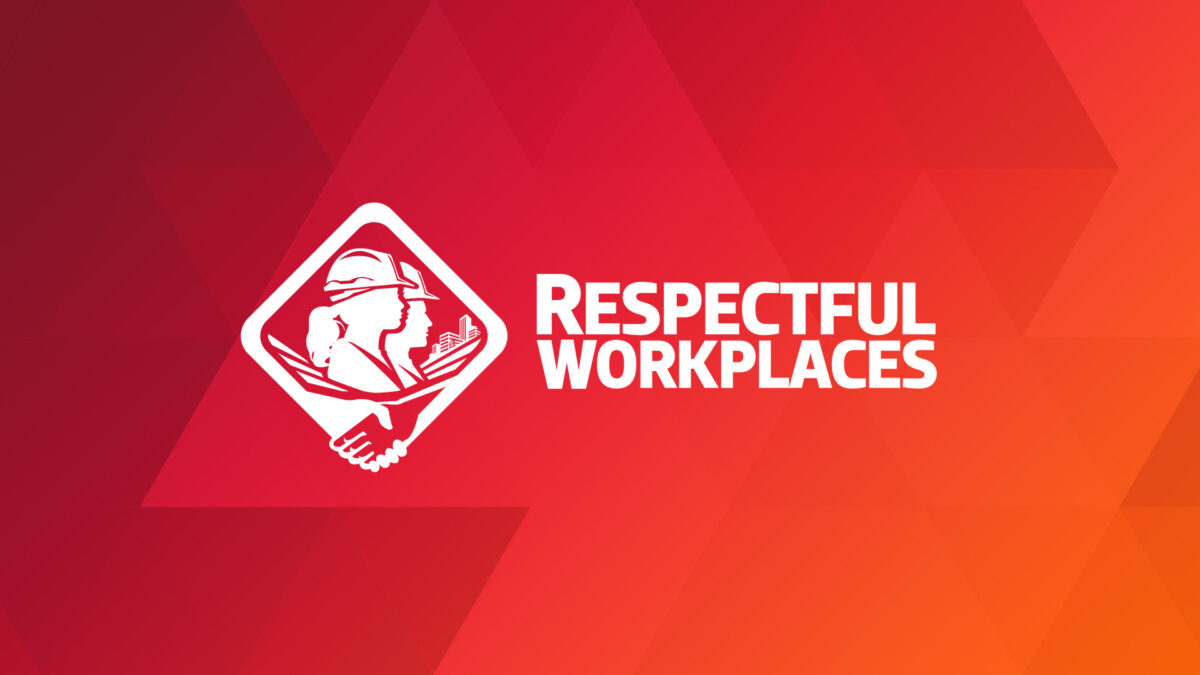Which comes first: the chicken (diversity) or the egg (inclusion)?

The construction industry, like many sectors, continues to face challenges around inclusion, diversity, equity, and accessibility (IDEA). In recent years, there has been a growing recognition of the importance of IDEA in the profession, as it helps the industry grow, innovate, and become safer. But which should come first: diversity or inclusion?
With IDEA activities, employers often point to their recruiting programs aimed at attracting individuals from diverse backgrounds. However, studies have found that diverse candidates are exiting their jobs at higher rates than those entering. This means that despite their efforts to attract diverse talent, the core issue remains unaddressed: workplaces are not inclusive of people who are deemed ‘different.’
Today, many industries face a growing problem of retaining new hires from diverse groups, including women, people of different races or backgrounds, individuals with various abilities or disabilities, Indigenous people, 2sLGBTQI+ individuals, younger and older workers, and those from different religious and faith groups, among others.
Many employers often prioritize diversity – sometimes exclusively – neglecting the other crucial aspects of the IDEA acronym. It’s common to hear talk about leadership representation and overall organizational diversity without going deeper. This approach disregards the real-life experiences of individuals, particularly those from diverse groups.
When hiring individuals from these communities, it is vital to consider what their experience will be within the organization. Will they face discrimination, bias, or harassment based on their race, gender, sexual orientation, or other factors? Will they be subjected to microinequities and microaggressions in the workplace? Even if their interactions with recruiters and managers were positive, will others treat them the same way?
So, which comes first: diversity or inclusion? The answer is clear: focus on inclusivity first.
Hiring individuals from diverse groups into an exclusionary environment can have negative consequences. These may include an increase in complaints, a decrease in employee engagement, higher levels of safety incidents, and significant legal liability, among various other outcomes. This doesn’t mean companies shouldn’t hire people from these communities, but they should focus on creating an environment where everyone can thrive, not just survive.
Here are some essential things to think about when trying to make your workplace more inclusive:
- Training is (still) crucial: Research from Harvard has shown that IDEA training might not always have the impact we hope for. But it’s still important to ensure employees understand their role in promoting an inclusive workplace. Rules don’t work if people don’t understand them. So training is essential, but it’s not the only thing you need.
- Focus on practical solutions that change behaviour: Beyond training, it’s important to give employees tools that help them understand their behaviour better. For example, you can use a tool like VIZEdi (for people who use computers frequently), which checks how inclusive your written communication is. Practical solutions like this can help people change their behaviour, which sends a strong message of inclusion.
- AI can’t fix everything: With technological advances, there’s a growing interest in quick solutions, including reliance on AI. Take, for instance, the concept of anonymous hiring practices using AI to remove identifying information from resumes. This can lead to a more diverse shortlist, but it’s critical to recognize that a candidates’ diversity will still be there during interviews. It’s more important to work on people’s biases and not just rely on technology.
- Just because it’s how you’ve always done it, doesn’t make it right: Companies often have ways of doing things but just because you’ve done something a certain way for a long time, doesn’t mean it’s the best way. These processes might have bias built in them, because they were developed by people who themselves have biases. It’s important to be willing to reexamine these processes with IDEA in mind.
The most important thing employers can do is take action. If you do nothing, nothing will change.
Employers in the construction industry, like any other, must be proactive in creating an inclusive, equitable, and accessible workplace, as it won’t happen naturally. If the goal is to build a workplace where everyone can succeed, you must put in the effort.
Michael Bach is an author and speaker, a thought leader in inclusion, diversity, equity, and accessibility, and an IDEA consultant to BuildForce Canada.

Respectful and Inclusive Workplaces
